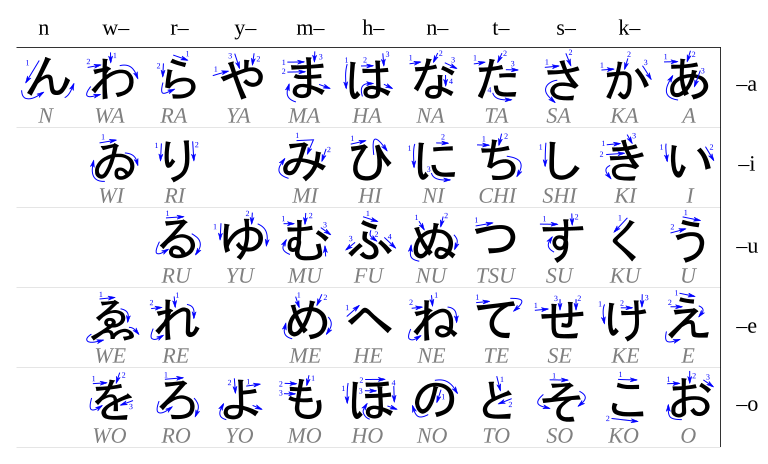みんなさん おはよお!(Morning, everyone!)
Pattern: A です。
"It is A."
A being a noun. ですcan be translated to "it is". BUT it is not pronounced "desu", it is pronounced "dess".
Example: さる です。
"It is a monkey."
VERY simple but useful!! This is just our beginning in this Japanese long trip ;D
--------------------------------
Vocabulary I learned today:
monkey - さる
grapes - ぶどう
strawberry - いちご
pumpkin - かぼちゃ
Yes - はい
pear - なし
cherry - さくらんぼ
mushroom - きのこ
peach - もも
octopus - たこ
watermelon - すいか
----------------------------------
Today's song: The Swellers "This is my Everest" ~This is our Everest, but we'll get to the top :)




